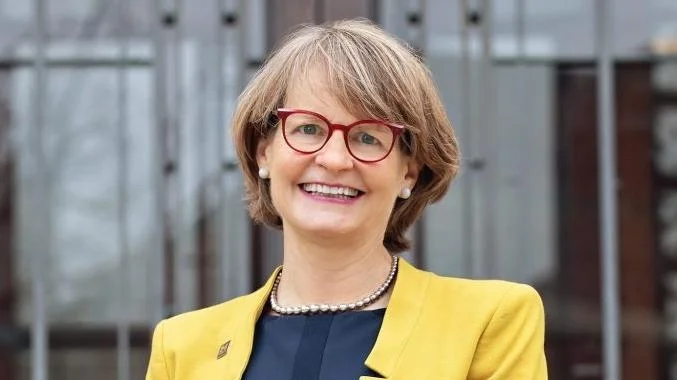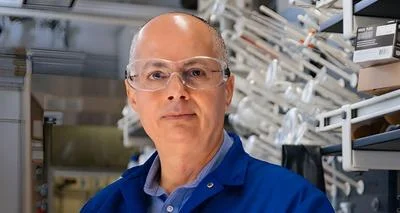Laurie McCauley Provost and Executive Vice President for Academic Affairs | University of Michigan-Ann Arbor
Laurie McCauley Provost and Executive Vice President for Academic Affairs | University of Michigan-Ann Arbor
Researchers at the University of Michigan have uncovered how geometric frustrations in natural structures contribute to unusual material properties. A group led by Xiaoming Mao, a professor of physics, has developed mathematical models which demonstrate how these natural mismatches could lead to innovations in material science, potentially impacting fields such as medical devices and sustainable construction.
Mao noticed these phenomena when examining the shells of coccolithophores, single-celled organisms that create geometric forms using calcium carbonate. This observation led to further exploration into how natural structures produce complex formations, highlighting that geometric frustration is a common method.
“There are many, many examples in nature,” Mao commented. “And geometric frustration is one of the pathways that leads to these incredible structures.” The study outlines how these mismatches, or frustrations, can help create materials that are flexible, robust, and possess void spaces which could be advantageous for engineering uses.
The team employed graph theory to delve into how structures achieve the ideal level of frustration necessary for material properties. They identified two frustration types: noncumulative, where irregular shapes prevent uniform alignment, and cumulative, where perfectly shaped components fail to fit neatly due to geometric constraints, like attempting to tile a flat surface with pentagons.
"So something like a simple crystal doesn’t give you what you want, but something that’s completely disorganized won’t work either," said Mao, indicating a need for balance. Mao’s team believes that there's a "Goldilocks" level of organization that must be achieved to maximize the benefits of frustration.
The study has been published in Physical Review Letters, with contributions from Nicholas Kotov, professor of chemical engineering, and graduate students José Ortiz-Tavárez and Zhen Yang. Supported by the Center for Complex Particle Systems (COMPASS) at the National Science Foundation, the research team aims to collaborate with COMPASS to apply their models in real-world scenarios.
"What we’ve studied right now, it’s what we would call a ‘toy model’ in theoretical physics," Mao noted. The goal is to look at real materials, utilizing AI to analyze the complexity and functionality of these materials, bridging the gap between natural phenomena and practical applications.





 Alerts Sign-up
Alerts Sign-up